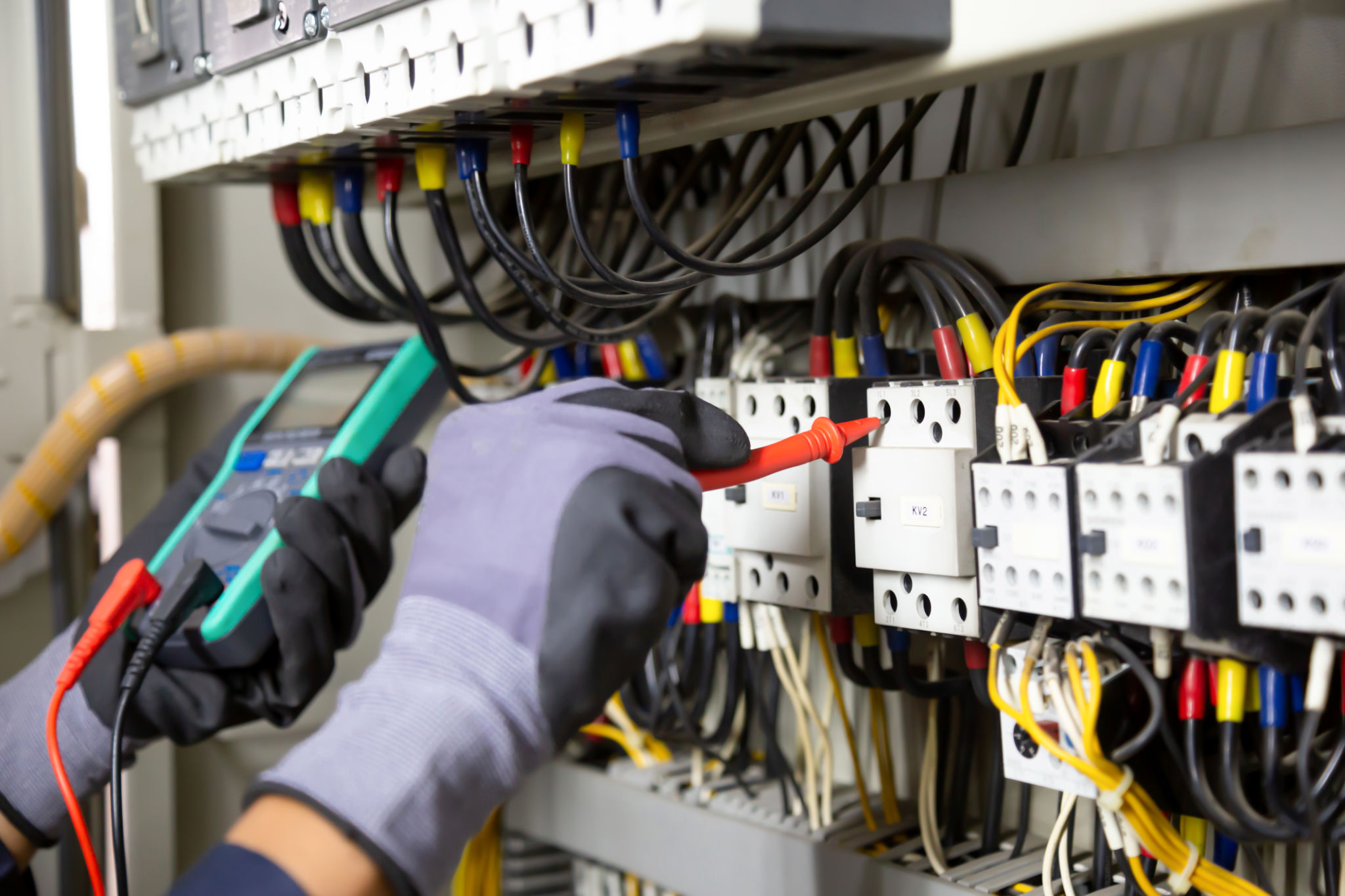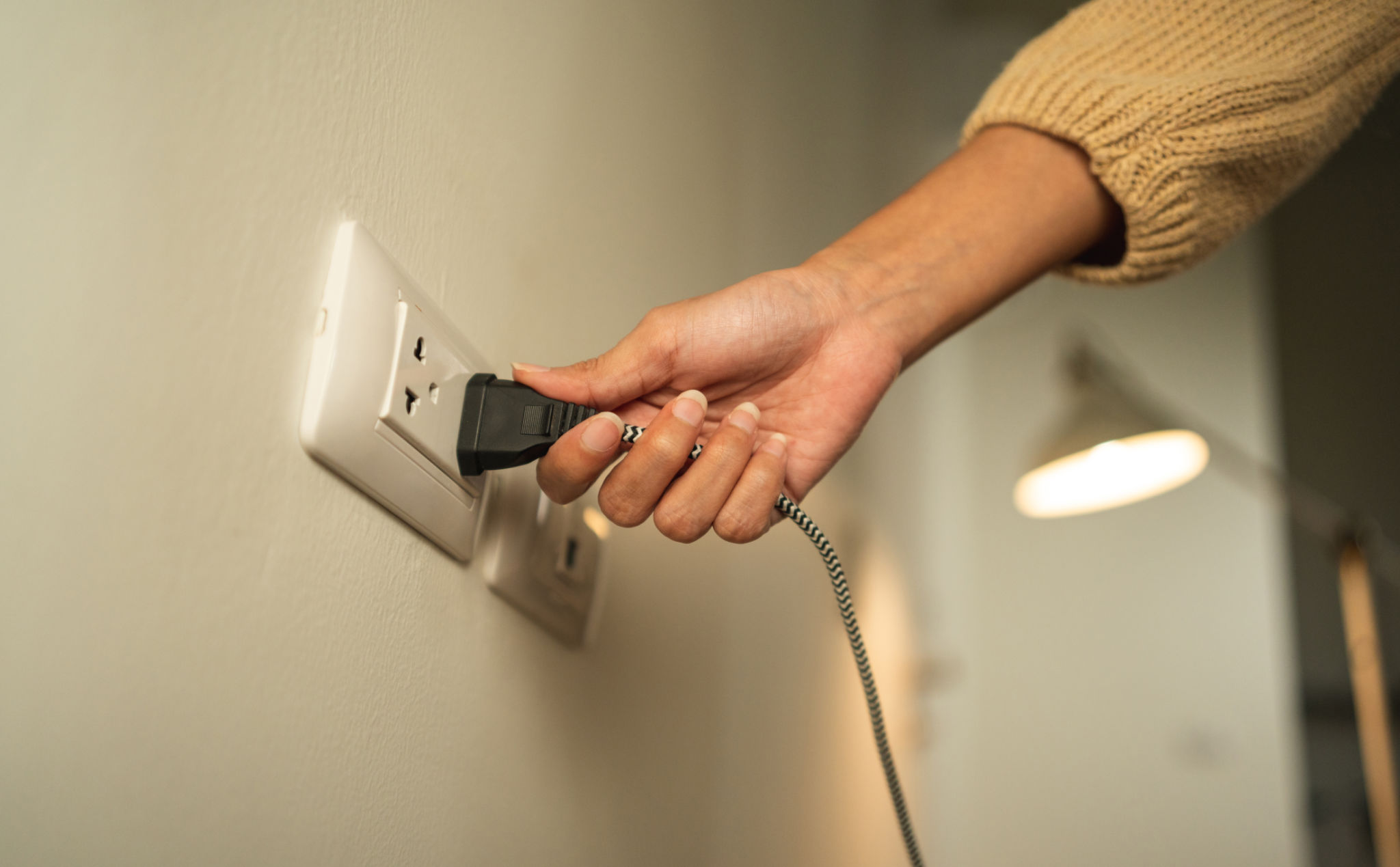Common Electrical Myths Debunked: Expert Insights from MetSky Electric
Understanding Electrical Myths
Electricity is a fundamental part of our daily lives, yet it is surrounded by numerous myths and misconceptions. These myths can lead to dangerous situations if not properly addressed. At MetSky Electric, we aim to provide clear, expert insights into the world of electricity to ensure safety and efficiency in your home or business.

Myth 1: Low Voltage Equals Low Danger
One common misconception is that low voltage systems are inherently safe. While it’s true that lower voltage reduces the risk of severe shock, it does not eliminate danger. Even low voltage circuits can cause serious injury or start fires under certain conditions. It's crucial to treat all electrical systems with respect and caution.
Anyone working with electricity should always follow appropriate safety protocols, regardless of the voltage level. Using proper insulation, checking for faulty wiring, and ensuring regular maintenance can help mitigate risks associated with low voltage systems.
Myth 2: Rubber Shoes Protect Against Electrical Shock
Many people believe that wearing rubber-soled shoes will protect them from electrical shock. This is a dangerous myth. While rubber is an insulator, typical shoe soles are not designed to provide adequate protection against electrical currents. The effectiveness of rubber as an insulator depends on its thickness and composition, among other factors.

To stay safe, always use tools and equipment specifically designed for electrical safety. Professional-grade insulated gloves and mats are recommended when working with or near electrical systems.
Myth 3: Power Strips Provide Surge Protection
Another widespread myth is that all power strips offer surge protection. In reality, many power strips only provide additional outlets without surge protection capabilities. It’s essential to use devices labeled as surge protectors to safeguard your electronics from voltage spikes.
When purchasing a surge protector, look for features like a built-in circuit breaker and a high joule rating, which indicates its ability to absorb energy spikes. Regularly inspect and replace surge protectors to ensure ongoing protection.

Myth 4: Flickering Lights Are Harmless
Flickering lights are often dismissed as a minor inconvenience, but they can signal more significant electrical issues. Common causes include loose wiring, overloaded circuits, or faulty fixtures. Ignoring these symptoms can lead to more severe problems, including electrical fires.
If you notice persistent flickering lights in your home, it's important to diagnose the underlying cause promptly. Consult with a qualified electrician to assess and address any potential hazards.
Conclusion: Prioritizing Electrical Safety
Debunking these myths is crucial for maintaining safety in environments where electricity is used. At MetSky Electric, we are committed to educating our community about best practices in electrical safety. Understanding the realities behind these myths can prevent accidents and ensure the efficient operation of electrical systems.
Remember, when in doubt, it’s always best to consult with a professional electrician who can provide expert advice and solutions tailored to your specific needs. Stay informed, stay safe!
